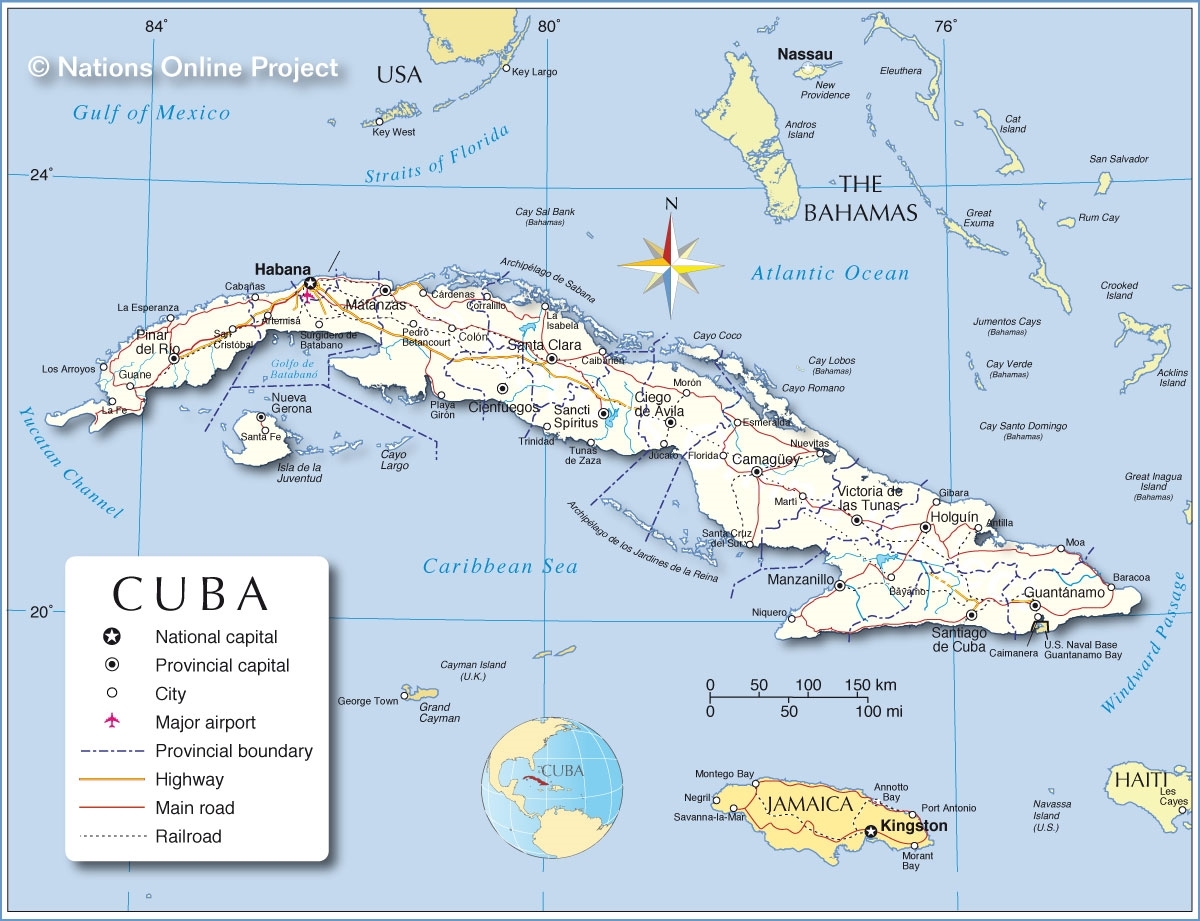Is Visiting Cuba Becoming A Costume Party For Some U.S. Executives?
/Representatives of United States companies- along with their consultants and representatives of commerce-focused organizations, those who are of Cuban-descent and those who are not of Cuban-descent, are increasingly creating a Republic of Cuba-inspired wardrobe for use when visiting the country.
There are arguments for wearing a guayabera and against wearing a guayabera:
For- demonstrates respect for the culture of the Republic of Cuba; “Relax, I’m with you, I understand you, I am your friend… let’s do business.”
Against- Disrespectful by trivializing, costuming, the apparel worn by those with whom one is negotiating and socializing; believing that by dressing alike, differences will be easier to overcome... Visitors should not pretend they are citizens... "We're are one of you..." is not demonstrated by apparel.
Seeing United States business representatives, including former United States officials, wearing what may be interpreted as a costume, complete with cigars in the upper pockets, has been questioned from some officials of the government of the Republic of Cuba.
At the hotel preparing to depart for Jose Marti International Airport (HAV), the guayabera is packed neatly in a suitcase, the dress shirt or t-shirt or pullover is worn for the journey home... not forgetting eight bottles of rum and boxes of cigars.
From Wikipedia:
The guayabera (/ɡwaɪ.əˈbɛrə/) is a men's shirt typically distinguished by two vertical rows of closely sewn pleats that run the length of the front and back of the shirt. The shirt is typically worn untucked. Guayaberas are popular in the Caribbean region of Colombia, Mexico, Ecuador, Venezuela, Central America, the Caribbean, Southeast Asia, and throughout Africa. It is also known as a "Wedding Shirt".
The origin of the garment is something of a mystery, thought to be the result of a mixture of Native American and Spanish styles, developed in the late 18th or early 19th centuries. Various claims for the distinctive style have been made, from Mexico to other Latin American countries to the Philippines.
A version of the shirt's origins claims that Mexicans originated it in either the state of Veracruz or the Yucatán Peninsula. One theory holds that it was during the era of trade routes through the Caribbean that the Mexican shirts got to Cuba and were taken to the Philippines by the Spaniards, where the evolution of the intricate embroidery started. Alternatively, others speculate that the shirt, which has documented origins in the Philippines prior to the arrival of the Spanish, made its way to Cuba through Mexico via the Manila-Acapulco galleon trade. The origin of the Guayabera shirt remains a mystery, and a similar prototypical shirt has existed since the 18th century, probably imported from Spain.
Guayabera may come from a Cuban legend that tells of a poor countryside seamstress sewing large patch-pockets onto her husband's shirts for carrying guava (guayaberas) from the field. Guayabera may also have originated from the word yayabero, the singular nickname for those who lived near the Yayabo River in Cuba.
Others claim the origin to be from Baní, Dominican Republic, also for the harvesting of guayaba fruit in the region. This theory explains the movement to Cuba, through Máximo Gómez, which used this type of shirt.





